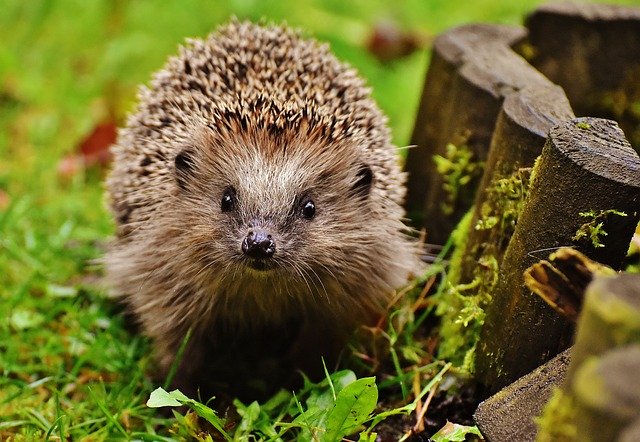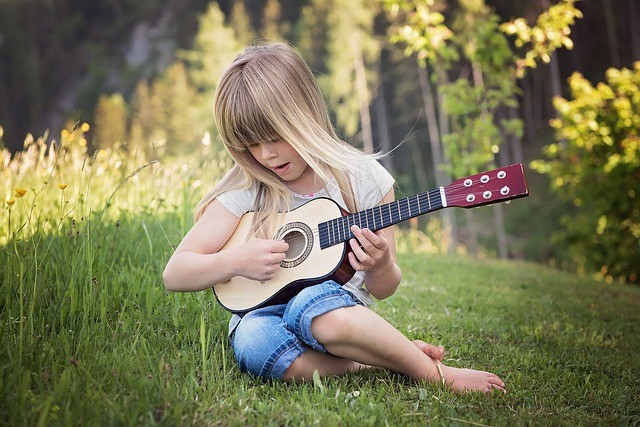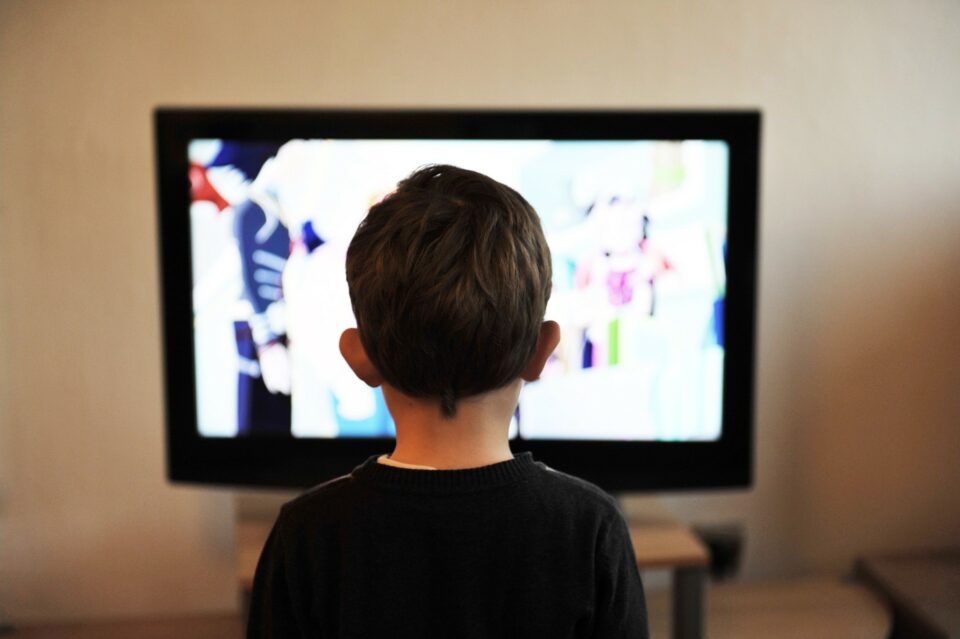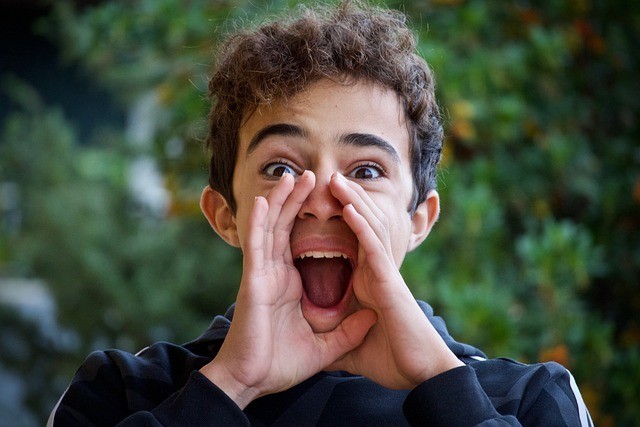For the current time, our children are spending many of their days at home. Of course, schools are expected to open very soon, but due to the Coronavirus outbreak, playing outdoors with friends in the same way as before is still not really on the cards.
Children can easily become bored. This is something we’re all aware of. So, why not make the time they’re spending at home beneficial and enjoyable, rather than allowing them to watch TV or play video games.
Of course, it’s an easy option. The Internet is packed with entertainment and it’s far too simple to sit them down in front of the laptop or tablet and let them entertain themselves. But, what are they getting out of that? Unless it’s to do with home schooling, not an awful lot.
Even the weather seems to be playing against us, as summer is rarely the sun-drenched bonanza it’s supposed to be! That means heading outside to play games is not really possible when the rain is lashing down.
All of this can be very upsetting for children, especially young children who don’t really understand what is going on in the world at the current time. They aren’t sure why they’re not at school like before, and they don’t really understand what this virus is they keep hearing so much about. Because we don’t want to scare our children, we tell them the minimum, trying to put a slightly positive spin on things. We forget that our children are smarter than we give them credit for!
One way to keep your children occupied during this at home phase and to drive away negativity, is to introduce them to mindfulness.
What is Mindfulness?
Mindfulness is the art of staying in the moment. It has a wealth of different benefits, both for adults and children, and it’s ideal to get your children into this as early as possible.
As youngsters and then into adulthood, we spend far too much time worrying about the future and lamenting the past. Mindfulness helps to take this away and allows you to live firmly in the moment. Raising children who are living firmly in the present day is a gift, and something they will surely thank you for as they grow older.
It helps them to avoid judgment, to have a stronger understanding of other people, and helps them to find creative solutions to problems. The list goes on.
For children in particular, mindfulness has been shown to:
- Reduce the negative effects of bullying
- Help with focus and concentration
- Boosts general health and wellbeing, including mental health
- Helps your child to improve their social skills
However, mindfulness takes practice. Whilst your children are spending more time at home, why not throw in some mindfulness activities and help them become far more in the moment than ever before?
Mindfulness Activities to Try
Before you start incorporating mindfulness activities into your child’s day, it’s a good idea to sit down and explain what mindfulness actually is, using age-appropriate language that they will really understand. You should also do these activities with your child – that way they will not only take them seriously and really focus, but you will benefit at the same time.
For very young children, the concept of mindfulness will probably be quite hard to grasp. That’s fine, and you can simply incorporate the activities and ask them to explain their feelings to you as they’re doing them. The more they do them and the more they really explore how mindfulness makes them feel, they’ll develop their own understanding of it.
Let’s check out some mindfulness activities you can try with your child today.
Bubble Blowing
Kids love bubbles, so this is the ideal first activity to try. Head out into the garden with some bubbles and tell your child that you want them to really concentrate on what they’re doing. Explain that they need to take a big, deep breath inwards first, slowly and measured and then blow the bubble in a slow and deliberate way. You could explain that by doing this, they’ll be able to blow bigger bubbles.
As they blow the bubbles, tell them to watch the bubble grow, how the slight colours form on the outside, and how they pop when they reach a certain point. As the bubbles float away, get them to really watch them and see how the wind changes their direction.
Bag of Surprises
Fill a back or a sack with different objects that are of various textures and shapes. Make sure they’re different from one another. Tell your child to close their eyes and reach into the bag, feeling around and settling on one object. They don’t have to take the object out of the box, but they need to explain to you what the object feels like in as much detail as they can, using words that make sense to them.
The idea here is that they’re using their touch sense and they’re putting it into words in the best way they can. Make sure they move slowly and deliberately, really describing the items before removing it and search for another one, repeating the process.
Balloon Fun
Just like bubbles, kids love balloons, and this is a game which they might already know, with a difference. Blow up some balloons and one at a time, throw the balloon into the air. Your child needs to stop it from falling onto the ground but they need to move as slowly and as carefully as possible. In this game, children tend to rush around like crazy, desperately keeping the balloon from the ground, but they’re not really noticing anything as they do this.
By slowing down, they’re noticing how their legs and bodies feel when they’re moving, they’re noticing how the balloon moves in the air and they’re understanding how much pressure they need to touch the balloon with to keep it in the air.
Fun Taste Test
This is a great way to use the sense of taste and then describe how something tastes, as well as its texture. Take a scarf and gently tie it around your children’s head, covering their eyes. Take a piece of food, such a a piece of banana, a strawberry, or something else you know they’re not going to take objection to, and pop it into their mouth. Ask them to explain to you how it feels in their mouth, using descriptive words. Then, after they’ve chewed and swallowed, ask them to describe the taste to you.
This is a great way to get your child to try new things but also to explore different tastes and textures with their sense of taste, in a completely mindful way.
Scan The Body
The body scan technique is actually a meditation, but it can be simplified down so that your child sees it as an activity. This is a great way to calm down an over-excited child, whilst also helping them to appreciate the way their body feels. By doing this, children learn to be present right in that moment, becoming more prevalent the more they do it.
Ask your child to lay down in a comfortable position and close their eyes. Then, tell them squeeze all their body muscles as much as they can. Wait a few seconds, encouraging them to keep squeezing, and then tell them to gently release the tension they’ve built up. They’ll feel super relaxed for a few seconds and when they come back around, ask them to tell you how it felt, during descriptive words.
Focus on The Senses
If you have a Spiderman fan in your midst, this is a great game to try. Tell your child that they need to use all their senses to find out what is going on in the world. They need to use their eyes, their nose, their tastebuds, their hands, everything that Spiderman would use to look for clues. As they do this, they’re firmly in the moment, therefore practicing mindfulness almost without even realising it.
At the end of the game, ask them to tell you what they noticed as that will help them to understand more about their general surroundings.
Animal Fun
Whilst you might be far away from Kenya or another safari hotspot, that doesn’t mean you can’t pretend! Tell your child they need to notice as many animals and bugs as they possibly can as you head out for a walk together. As they’re looking around, in the sky for birds and the trees for bugs, they’re not thinking about anything other than the moment they’re in.
Mindfulness is as easy as asking your child to really focus on what is going on around them. For a very active and energetic child, this can be difficult at first, but mindfulness has proven to be a calming tool for many parents of children who struggle with relaxation and focus.
The more you try it, the more effective it will be.




